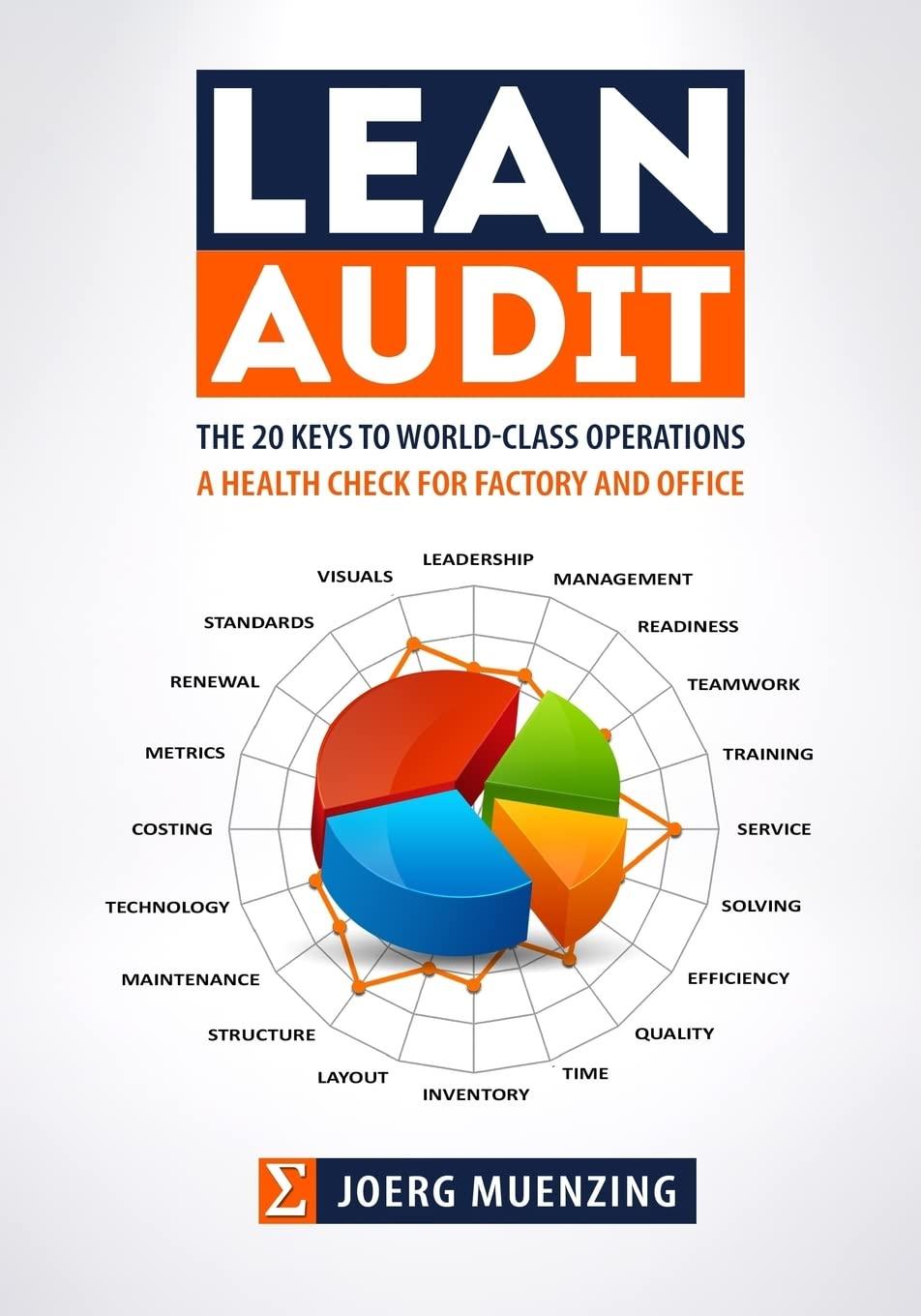Question
1 Research Module #1 Scenario. Mary and John were married during the years at issue (i.e., years 2007, 2008, and 2009). They separated in 2009
1 Research Module #1 Scenario. Mary and John were married during the years at issue (i.e., years 2007, 2008, and 2009). They separated in 2009 and divorced in 2010 after nearly 20 years of marriage. At the time Mary filed her petition, she resided in Maryland. She holds a high school diploma and attended the University of Delaware for six months, taking noncredit courses in data processing. While married, Mary and John owned the marital home, two rental properties and a farm. As having a large blended family, they owned a large van in addition to two pickup trucks and an Oldsmobile Cutlass, which John described as a "classic car". They took family vacations each year, including trips to Bermuda and Mexico. They enjoyed camping, and throughout the years they purchased several campers, which they used on family camping trips every few months. John owned VIP Builders, which was the primary source of the family's income. Established in the early 1980s, VIP Builders is a home improvement company focusing on residential remodeling. A carpenter by trade, John operated the business, but he did not have the bookkeeping background to maintain the company's records. He hired Mary to be the company's bookkeeper and office manager. Their relationship blossomed, and they eventually wed. Mary was VIP Builders' bookkeeper/office manager for approximately 20 years, including the years at issue. She developed and maintained the accounting program used by the business. Her duties included: (1) managing the company's financial records, bank accounts, and American Express credit card account; (2) managing the company's "end of the month check run", which reconciled all charge accounts that VIP Builders had from its vendors, roofing suppliers, lumber yards, plumbing supply houses, and other subcontractors; (3) reconciling the company's bank and credit card statements; (4) managing the accounts payable and accounts receivable; (5) tracking inventory; and (6) managing the company's payroll. To these ends, Mary had authority to write and sign checks on behalf of VIP Builders, deposit money into the company's accounts, and prepare checks and receipts for the business. Mary was familiar with VIP Builders' clients and knew, or at least could have learned, the amounts they paid the company. Before becoming VIP Builders' bookkeeper, she had other experience in accounting. When Mary managed VIP Builders' finances, her duties included the end-of-year accounting for the company. She reviewed the company's books and provided information and documents to the company's certified public accountant (C.P.A.), Joe Taigi, who prepared Mary and John's joint tax returns. Mary also met and interacted with Mr. Taigi during the years involved. She admitted to "booking things wrong" for VIP Builders and was advised that she had done so by Mr. Taigi. 2 For 2007 Mary and John's joint returns underreported income attributable to VIP Builders; for 2008 the returns underreported income and overstated expenses attributable to VIP Builders. The IRS made no adjustments with respect to VIP Builders for 2009. In addition to working for VIP Builders, Mary operated a horse care and boarding business on the farm that she and John owned. She exclusively controlled the business, and under her stewardship the business' income for each of the years involved was underreported. All adjustments made by the IRS for 2009 were due to underreported income with respect to the horse care and boarding business. Mary wrote checks drawn on VIP Builders' bank account to herself, and she used the VIP Builders' American Express credit card to pay horse care and boarding business and household expenses. Mary was given the joint income tax returns for 2007, 2008, and 2009 before they were filed, but she did not review them before signing them. Mary was not a victim of spousal abuse or domestic violence during the years involved.
The report must be prepared in memo format, maximum 3 pages, Times New Roman, font 12, double-spaced. The memo should include the following five sections: (1) facts, (2) issue, (3) authorities, (4) conclusion, and (5) analysis.
Step by Step Solution
There are 3 Steps involved in it
Step: 1

Get Instant Access to Expert-Tailored Solutions
See step-by-step solutions with expert insights and AI powered tools for academic success
Step: 2

Step: 3

Ace Your Homework with AI
Get the answers you need in no time with our AI-driven, step-by-step assistance
Get Started


